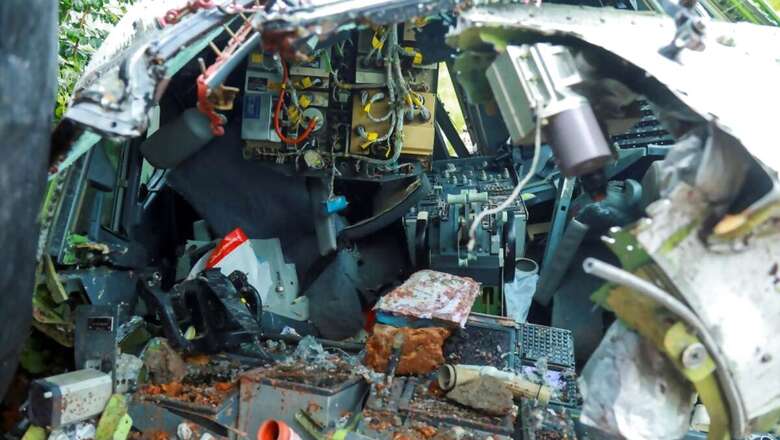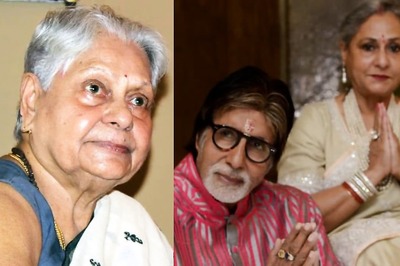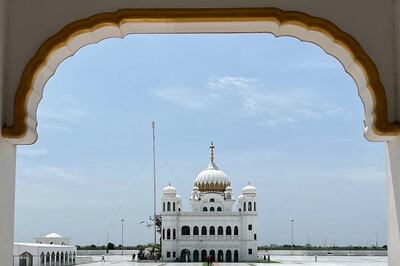
views
Two crashes 10 years apart, both involving Air India Express planes, both on treacherous table-top runways, yet starkly different death tolls.
Friday evening’s mishap at Karipur airport near Kozhikode came as a double blow to Kerala which was already reeling under heavy rains and landslides, and shocked a nation held hostage by the coronavirus.
While the dark night brought back haunting memories of the 2010 Mangalore plane crash in which 158 people perished, by dawn there was a sense of relief that the death toll in Kozhikode wouldn’t be as high as feared.
At the time of filing this report, 18 of 190 passengers and crew onboard the Boeing-737 flight were reported dead and 172 were in hospital.
According to Civil Aviation Minister Hardeep Singh Puri, authorities managed to rescue most of the passengers because the plane did not catch fire while descending the slope at the end of the table-top runway. Such runways are located at an altitude and have steep drops at one or both ends.
Kozhikode's 2,850-metre runway is on a flat hilltop with deep gorges on either side ending in a 35-metre drop.
The aircraft split into at least two chunks after the plane's fuselage sheared apart as it fell into the valley below.
"The good news is that the plane broke up and we were able to access the passengers," Puri said.
According to a report in Mathrubhumi, passengers in the middle and back sections escaped without many injuries. The report added that the intensity of injuries was reduced by the fact that passengers were still wearing their seat-belts at the time of the crash. It further said that some passengers were trapped under their seats and some who managed to escape walked to the airport terminal.
The flight from Dubai to Kozhikode, also known as Calicut, was repatriating Indians stranded by the Covid-19 pandemic. The aircraft, which was also carrying 10 infants, overshot the runway in heavy rain.
Pilot-in-command Captain Deepak Sathe and his co-pilot Akhilesh Kumar were among those who died. Sathe was a former Wing Commander of the Indian Air Force (IAF) and had served at the force's flight testing establishment.
Puri said the plane circled the airport once before trying to land. "Because of the weather conditions, he could not land the first time, so he did a turnaround and tried to approach it from a different direction," Puri said, adding that only an investigation would reveal the exact cause of the crash.
A similar tragedy was narrowly avoided at the same airport a year ago, when an Air India Express flight suffered a tail strike upon landing. None of the 180 passengers of that flight was injured.
The airport's runway end safety area was expanded in 2018 to accommodate wide-body aircraft.
The runway end safety area meets United Nations international civil aviation requirements, but the UN agency recommends a buffer that is 150 metres longer than what exists at Kozhikode airport, according to Harro Ranter, chief executive of the Aviation Safety Network online database.




















Comments
0 comment